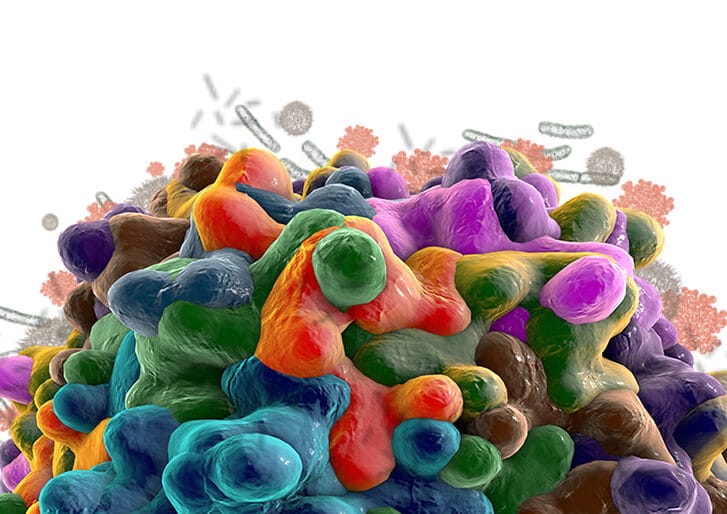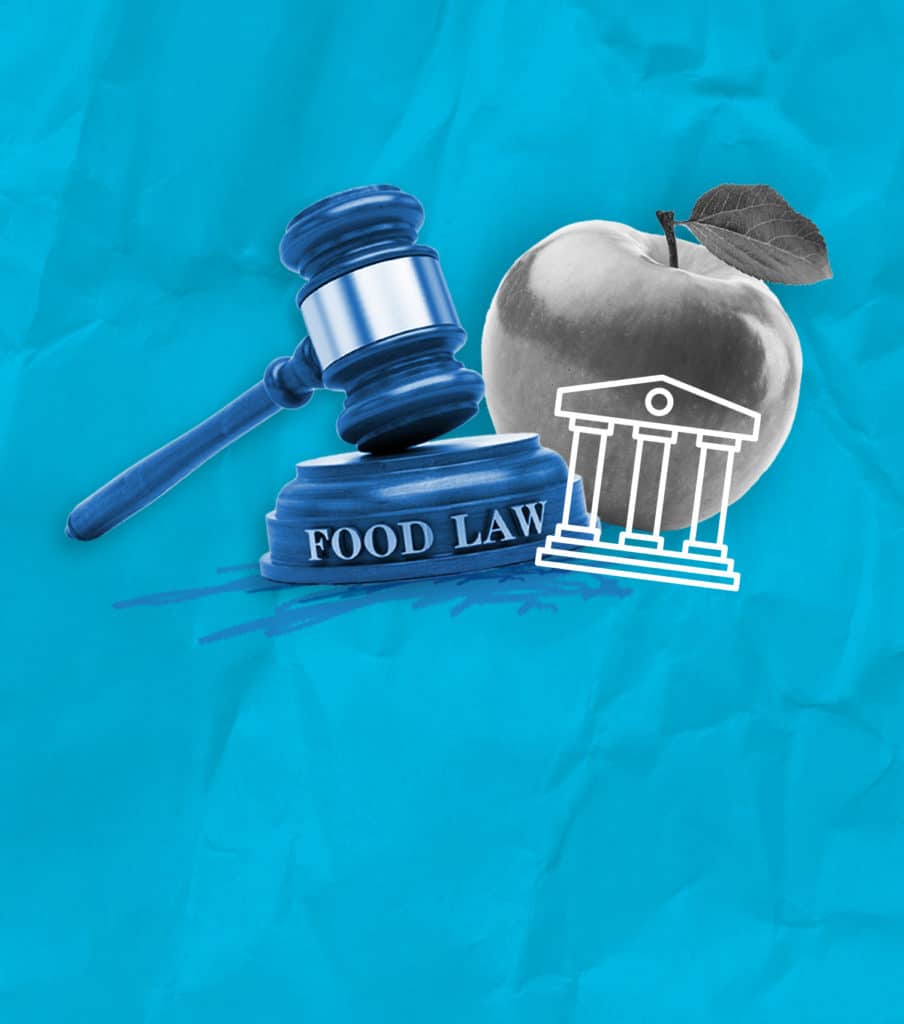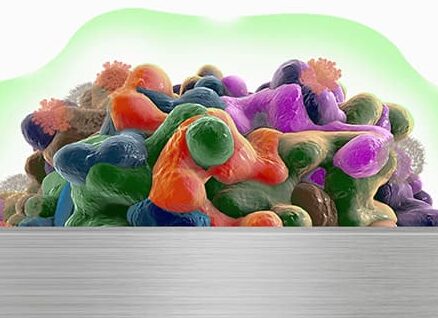Save Water and Money with Sterilex Ultra Step Water shortages are a major global issue — affecting 40% of the global population — and are projected to rise. Cargill, Tyson, Nestle, Coco-Cola, Kraft Heinz, and other food producers have aggressive water sustainability goals in their efforts to balance water use and water quality and reduce […]
Make Every Drop Count



